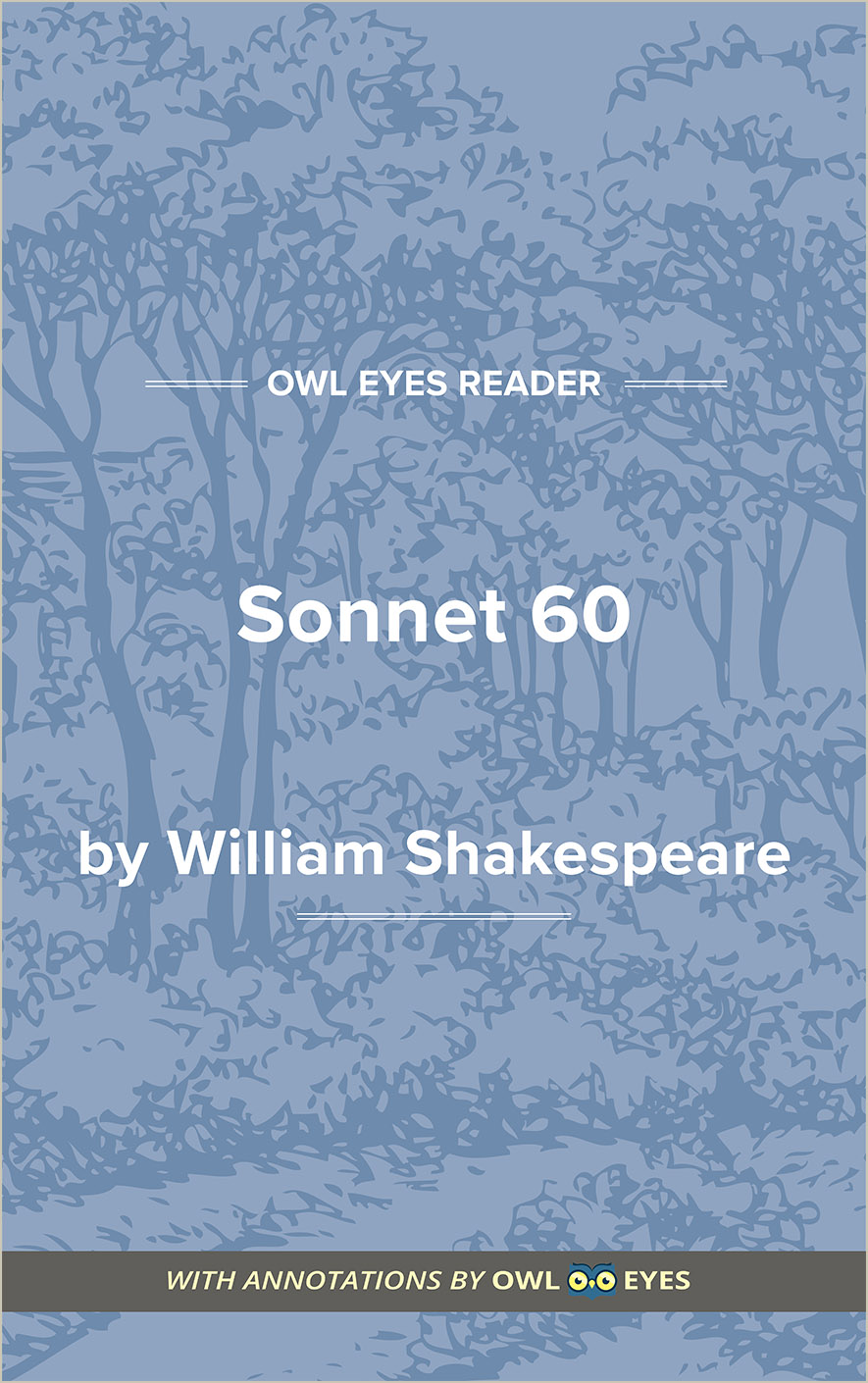Analysis Pages
Metaphor in Sonnet 60
Metaphor Examples in Sonnet 60:
Sonnet 60
🔒"eclipses..." See in text (Sonnet 60)
"Crooked..." See in text (Sonnet 60)
"times..." See in text (Sonnet 60)
"Crawls..." See in text (Sonnet 60)
"main of light,..." See in text (Sonnet 60)
"main of light,..." See in text (Sonnet 60)
"scythe..." See in text (Sonnet 60)
"nothing stands..." See in text (Sonnet 60)
"rarities..." See in text (Sonnet 60)
"parallels..." See in text (Sonnet 60)

